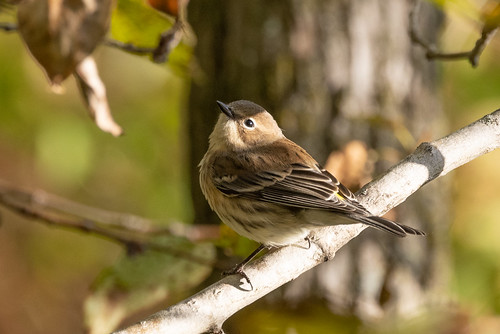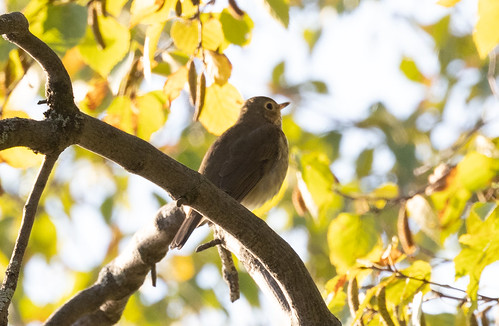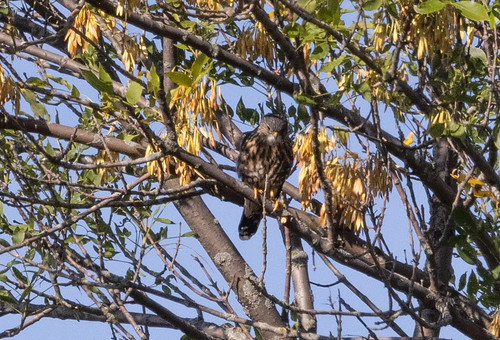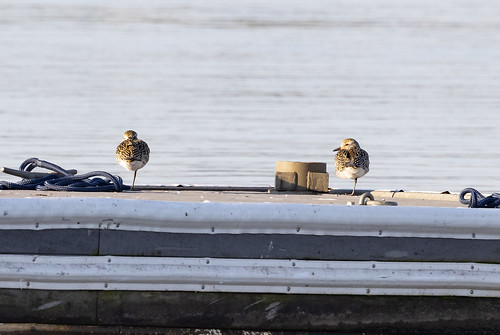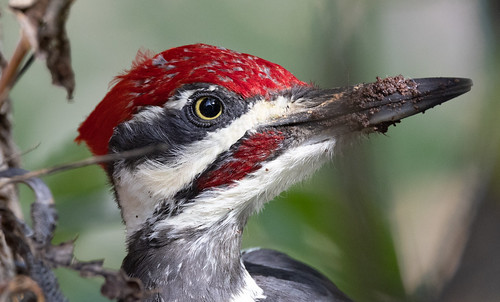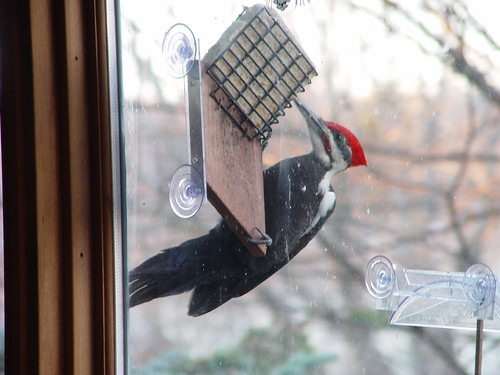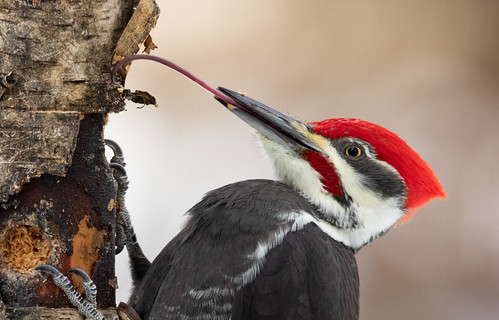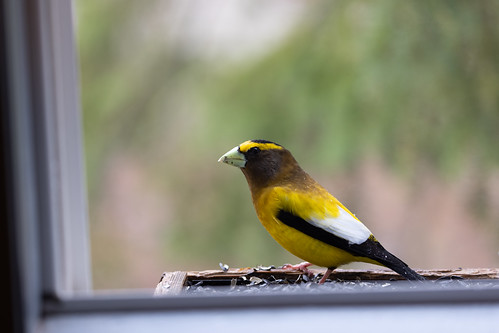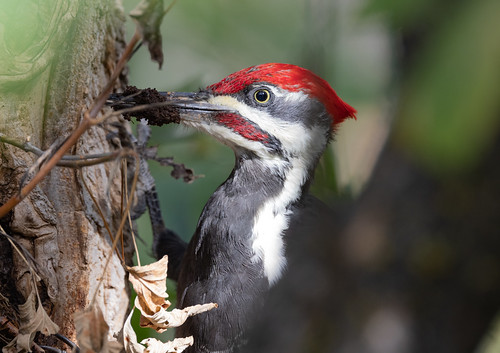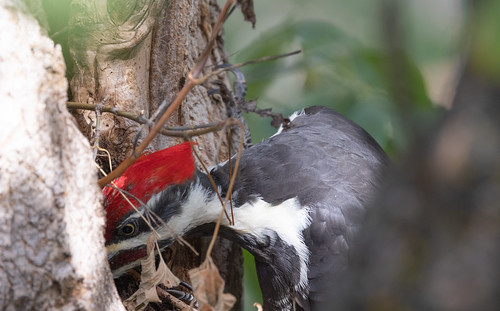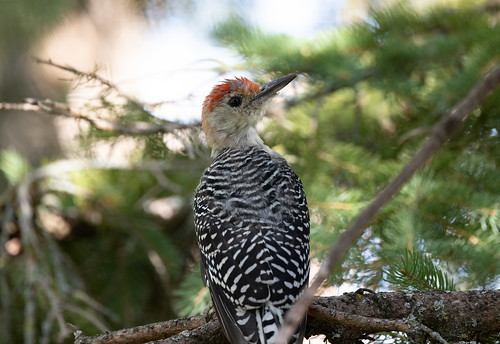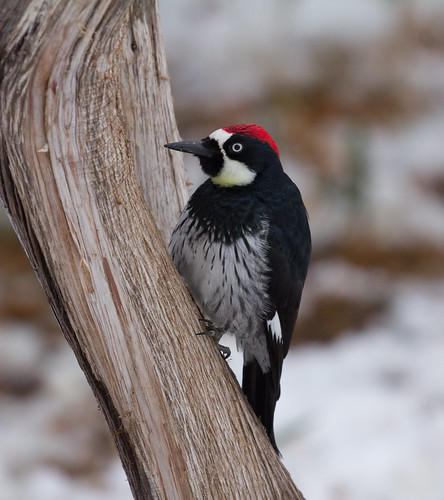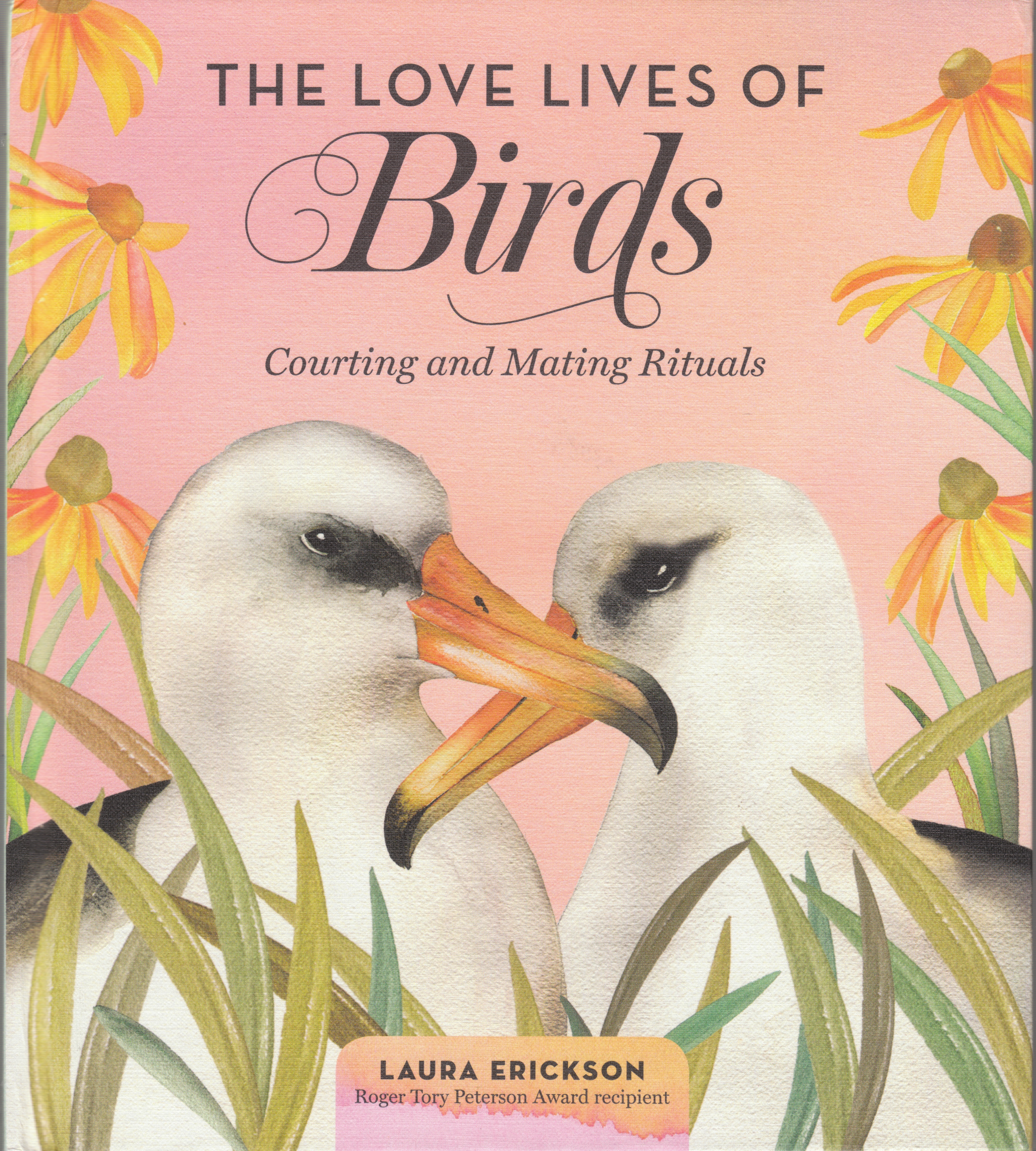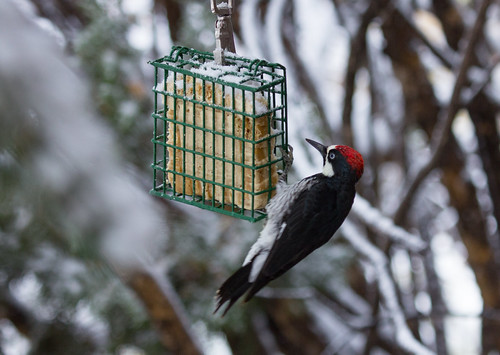This has been a bizarre year thanks to the drought. Some trees haven’t started changing colors yet even as some have lost their leaves without changing colors at all. Some are turning beautiful colors, but it’s not been predictable.
I’m worried about this summer’s fires throughout the country—such outsized fires must have killed a lot of birds as well as the food they depend on. The vast majority of birds weren’t in actual burned tracts, and many that were almost certainly flew to safer areas even if they lost this year’s nests and young, but many areas with no burning at all had dangerous air quality levels.
When we humans are cautioned to stay indoors, we seldom think about the animals left out there to breathe in all the dangerous particulates. California dairy and beef producers report lower conception and birth rates in their herds, and preliminary data from a study out of the University of Idaho indicates that dairy cattle exposed to poor air quality and heat stress produce about 1.3 liters less milk each day. But few or no long-term systematic studies have determined exactly how much heat and smoke affect livestock so now a new three-year study is starting in Oregon. Considering how many people and corporations raise livestock, and how many local and state economies depend on it, it’s a little surprising that so little research has been done to find out how climate change is impacting the industry. It’s not at all surprising that no one is doing this kind of research about our backyard birds.
I learned in my college ecology and wildlife management classes that wild species can easily recover from even large-scale disasters, but that assumes there exists a surplus population. For many species, that surplus has been dwindling year after year. Even as we see robins increasing—they’ve apparently got a robust surplus—we’ve been losing Wood Thrushes. Mallards are increasing as Redheads dwindle. Hunters used to tell me that to save any species, it should simply be designated a game bird and hunters would save all the habitat it needed, but that sure isn’t true of Northern Bobwhites, Spruce Grouse, Sharp-tailed Grouse, either species of sage grouse, or either prairie chicken. Pheasants are doing fine, but they’re not native to America. Wild Turkey numbers are way, way up almost everywhere, including places like northern Minnesota where they never lived historically, but that’s a case, like that of white-tailed deer and urban Canada Geese, where wildlife management went overboard, putting some habitats and ecosystems at risk.
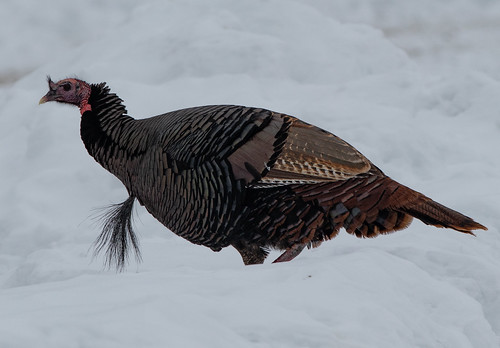 |
| Wild Turkeys did not historically live in the Sax-Zim Bog! |
Despite my worries, I can’t help but take heart from the many birds that are migrating through this fall. I thought last year’s Blue Jay migration through my neck of the woods was going to be the largest I’d ever see—they counted a full 50,646 at Hawk Ridge, mostly in September. But as of the end of the day on September 28, they’re up to 58,655 for this season, an increase of more than 11 percent as migration continues. On September 27 alone, they counted 1,547. My feeders are still hopping, but nowhere near as much as last week—on September 21, I took a photo of 24 Blue Jays crowded into my 3’ x 1’ platform feeder, all pigging out on sunflower seeds.
I led two field trips during Hawk Ridge Weekend. On September 18th, we birded the Western Waterfront Trail in West Duluth, the parking lot and trailhead across Grand Avenue from the zoo. Our list was just 34 species, and we didn’t see any real rarities even though eBird questioned our six Red-eyed Vireos as too many for that date. But all of us saw the three groups of two. eBird’s algorithms didn’t question our two Marsh Wrens, but those seemed way rarer to me.
It was a lovely day but the birds were focused on feeding, not posing for photos, so I got only a few pictures of Yellow-rumped Warblers...
... a very distant Swainson’s Thrush...
... a Great Blue Heron who posed nicely from a long way off...
... a hawk that some participants thought was a Sharp-shinned because it appeared rusty underneath in the morning light but turned into a Merlin in my photos...
...and a poorly lit but lovely group of Wood Ducks with one female Northern Pintail.
My field trip on the 19th was to Park Point. We had only 26 species on this walk, but our hopes were high—in the days before, several people had reported individual and even groups of Sabine’s Gulls, which are very rare here, so we kept looking skyward as we walked some of the boardwalks to the beach, wending our way toward the airport. We saw quite a few Palm and Yellow-rumped Warblers, and on the harbor side we saw a couple of Black-bellied Plovers...
... and some extraordinarily cooperative Common Mergansers.
I was hoping we’d spot a longspur or something on the gravel walkway parallel to the airport runway, but there were too many dogs. Right after we’d turned around and were back near the boardwalk that birders call “the bridge,” one guy yelled out, “That looks different!” I looked up and sure enough it was different, six Sabine’s Gulls booking it from the lake toward Wisconsin. I was identifying and counting them and trying to get everyone’s attention, so didn’t manage any photos. (This photo from 2013 is from a pelagic trip out of Half Moon Bay in California.).
That sighting was very exciting for the handful of us who saw them. We kept looking up in case they returned, but no luck. As if to console us about that, a Merlin who’d been hanging out near the picnic area, probably picnicking on warblers, did some wonderful posing for us.
It’ll be interesting to see how this year’s migration reports compare to previous years. I’m glad that one of my favorite birds of all, the Blue Jay, is doing well, and hope we adults get our acts together before my little grandson is ready to go on these field trips. I want to be able to share a wealth of natural treasures with Walter for many years to come.
 |
| Walter is happy to see chickadees at the window feeder as he holds his beloved "Dr. Blue Jay." |


